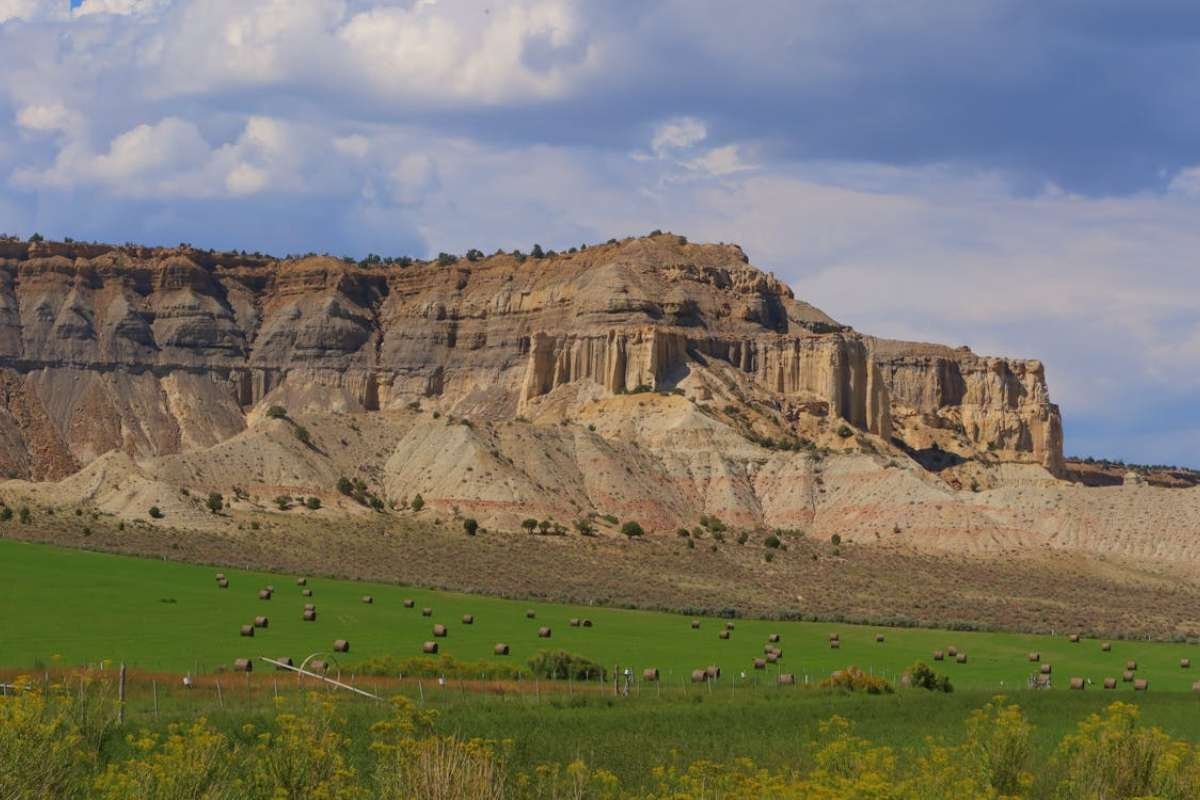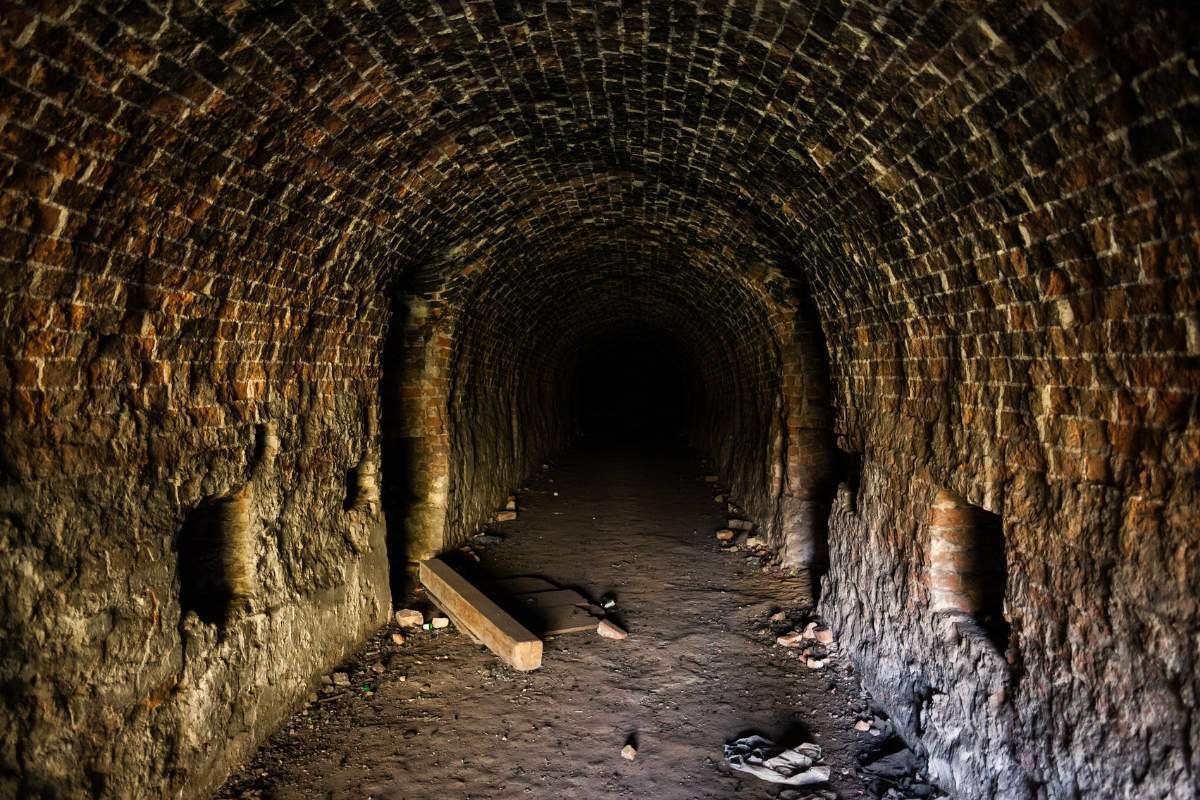Have you ever thought of the tales and the past of the well-known tombs present in the world? They have always been more than a mere burial ground of the eminent people in history. These places have provided a glimpse into the belief systems of the people who built them. From ancient pyramids to royal mausoleums, every tomb is one more interesting story. In this article we will take a closer look at 21 tombs around the world, their importance, beauty of architecture, and what they hide inside.
The Following Are the 21 Tombs Around the World:
1. Tomb of Kazanlak (Kazanlak, Bulgaria)

The Tomb of Kazanlak, a UNESCO World Heritage site, is a fascinating example of Thracian burial practices from the 4th century BCE. Located in the Valley of the Thracian Kings, this tomb is adorned with stunning frescoes depicting elaborate scenes of a Thracian nobleman and his wife. The intricate artwork showcases the advanced artistic techniques of the time, making it one of the most important archaeological sites in Bulgaria.
2. Mausoleum of the First Qin Emperor (Xi’an, China)

One of the most remarkable tombs in the world is the Mausoleum of the First Qin Emperor, which is famously guarded by the Terracotta Army. Discovered in 1974, this burial site contains thousands of life-sized clay soldiers, each uniquely crafted to protect the emperor in the afterlife. The mausoleum itself remains largely unexcavated, shrouded in mystery and legend.
3. Ming Tombs (Beijing, China)

The Ming Tombs, located near Beijing, serve as the final resting place for 13 emperors of the Ming Dynasty. This expansive complex features grand architecture set against the backdrop of the majestic mountains. Each tomb is distinct, showcasing the unique reign of its emperor, and collectively, they offer a glimpse into the opulence of ancient Chinese imperial life.
4. Mausoleum of Sun Yat-sen (Nanjing, China)

Honoring the founder of modern China, Sun Yat-sen, this mausoleum is a stunning tribute to his legacy. Located on the Purple Mountain, it features a grand staircase leading to the main hall, where a statue of Sun Yat-sen rests. The surrounding gardens and architecture reflect a harmonious blend of Chinese and Western styles, making it a significant cultural landmark.
5. Kom el-Shoqafa Catacombs (Alexandria, Egypt)

The Kom el-Shoqafa Catacombs, an archaeological marvel in Alexandria, dates back to the 2nd century CE. This complex intertwines Egyptian, Greek, and Roman architectural styles, showcasing the cultural melting pot of the time. The tombs within are adorned with intricate carvings and frescoes, making it one of the most important burial sites in Egypt.
6. Tutankhamun’s Tomb (Near Luxor, Egypt)
Discovered in 1922 by Howard Carter, Tutankhamun’s tomb is one of the most famous in history. Located in the Valley of the Kings, the tomb was filled with treasures intended to accompany the young pharaoh into the afterlife. The remarkable artifacts found within, including the iconic golden mask, provide invaluable insights into ancient Egyptian culture and artistry.
7. Napoleon’s Tomb (Paris, France)

Located in the Dôme des Invalides, Napoleon’s tomb is a monumental structure that reflects the grandeur of the French emperor. The sarcophagus, crafted from red quartzite, rests beneath a stunning dome. Surrounded by beautifully landscaped gardens and museums, this tomb serves as a testament to Napoleon’s lasting impact on French history.
8. Macedonian Royal Tombs (Verghina, Greece)

The Macedonian royal tombs in Verghina, a UNESCO World Heritage site, offer a glimpse into the life of ancient Macedonian royalty. Discovered in the 1970s, the tombs include elaborate burial gifts, frescoes, and inscriptions. Most notably, one tomb is believed to belong to Philip II, the father of Alexander the Great, adding to the historical significance of the site.
9. Early Christian Necropolis (Pécs, Hungary)

The Early Christian Necropolis in Pécs is a UNESCO World Heritage site that features a series of early Christian tombs and chapels dating back to the 4th century. The intricate frescoes and inscriptions within these tombs provide crucial insights into the early Christian community in Hungary, showcasing their artistic and religious expressions.
10. Quṭb Shāhī Tombs (Near Golconda, India)

The Quṭb Shāhī Tombs, located near Hyderabad, India, are a stunning ensemble of tombs built for the rulers of the Qutb Shahi dynasty. These grand structures feature Persian and Indian architectural styles, with intricately carved stonework and lush gardens. The tombs reflect the rich cultural heritage of the Deccan region and are a must-visit for history enthusiasts.
11. Naqsh-e Rostam (Near Shīrāz, Iran)

Naqsh-e Rostam is an ancient necropolis near Shīrāz, Iran, housing the tombs of several Achaemenid kings, including Darius the Great. The site is famous for its monumental rock-cut tombs adorned with intricate bas-reliefs depicting historical events. This UNESCO World Heritage site is a significant representation of ancient Persian architecture and history.
12. Grave of W.B. Yeats (Drumcliff, Ireland)

The grave of renowned poet W.B. Yeats lies in the picturesque village of Drumcliff, Ireland. Marked by a simple headstone, Yeats’ final resting place is set against the backdrop of the majestic Benbulben Mountain. The inscription on his gravestone, along with the surrounding natural beauty, makes it a poignant pilgrimage site for literature lovers.
13. Newgrange (Drogheda, Ireland)

Newgrange is an ancient passage tomb dating back over 5,000 years, making it older than Stonehenge and the Egyptian pyramids. Located in County Meath, Ireland, this prehistoric site is famous for its winter solstice phenomenon when sunlight illuminates the inner chamber. Newgrange is a testament to the engineering prowess of ancient peoples and their deep connection to the cosmos.
14. Christian Catacombs (Rome, Italy)

The Christian catacombs of Rome, including Catacombs of Callixtus and Catacombs of Priscilla, serve as underground burial sites for early Christians. These extensive networks of tunnels feature intricate frescoes and inscriptions that provide insight into the beliefs and practices of the early Christian community. Visiting the catacombs is a profound experience, connecting visitors to the roots of Christianity.
15. Medici Tombs (Florence, Italy)

The Medici Tombs, located in the Basilica of San Lorenzo in Florence, are a stunning showcase of Renaissance art and architecture. Designed by famous artists like Michelangelo, these tombs honor the powerful Medici family, who played a crucial role in the cultural and political life of Florence. The grandeur of the tombs reflects the family’s influence and their patronage of the arts.
16. Tomb of St. Anthony (Padua, Italy)

The Tomb of St. Anthony, located in Padua, Italy, is a pilgrimage site dedicated to the beloved saint. The ornate basilica that houses the tomb features stunning sculptures and frescoes, drawing visitors from around the world. St. Anthony’s legacy as a miracle worker is celebrated here, making it an essential stop for those exploring religious history.
17. Tomb of Muḥammad I Askia (Gao, Mali)

The Tomb of Muḥammad I Askia, located in Gao, Mali, is a significant example of Sahelian architecture. Built in the 16th century for the ruler of the Songhai Empire, this tomb is characterized by its adobe construction and unique design. It serves as a symbol of the rich cultural history of Mali and the power of the ancient Songhai Empire.
18. Tomb of Jahāngīr (Near Lahore, Pakistan)

The Tomb of Jahāngīr, located near Lahore, is a beautiful example of Mughal architecture. Surrounded by lush gardens, the tomb features intricate tile work and elegant structures, reflecting the grandeur of the Mughal era. It is a testament to the artistic achievements of the time and remains a popular tourist destination.
19. Grave of Robert Louis Stevenson (Mount Vaea, Samoa)

The grave of Robert Louis Stevenson, the famous Scottish author, is located on Mount Vaea in Samoa. The site offers stunning views of the surrounding landscape and is a testament to Stevenson’s deep love for the Samoan islands. Visitors often hike up to the grave to pay their respects to the literary giant.
20. Buganda Royal Tombs (Kasubi, Uganda)

The Buganda Royal Tombs in Kasubi are a UNESCO World Heritage site and serve as the burial place for the kings of Buganda. The site features traditional huts, known as “mukyu,” that house the remains of the kings. The cultural significance of these tombs is profound, representing the history and traditions of the Buganda kingdom.
21. Imperial Tombs at the Complex of Hué Monuments (Near Hué, Vietnam)

The Imperial Tombs at the Complex of Hué Monuments are the burial sites of the Nguyen emperors. Each tomb is uniquely designed, reflecting the personality and reign of the emperor it honors. Set against beautiful landscapes, these tombs represent a significant part of Vietnam’s cultural heritage and imperial history.
Conclusion
Exploring the 21 tombs around the world reveals not only the artistry and architectural prowess of different cultures but also the rich histories that shaped them. Each tomb, from the ancient to the modern, tells a story of human ambition, belief, and remembrance. When you visit these historical sites, consider the narratives they hold and the lives that have passed through them, connecting us all across time and space.
Also read: 6 Destinations in the Middle East to Immerse Yourself in Culture and History


















